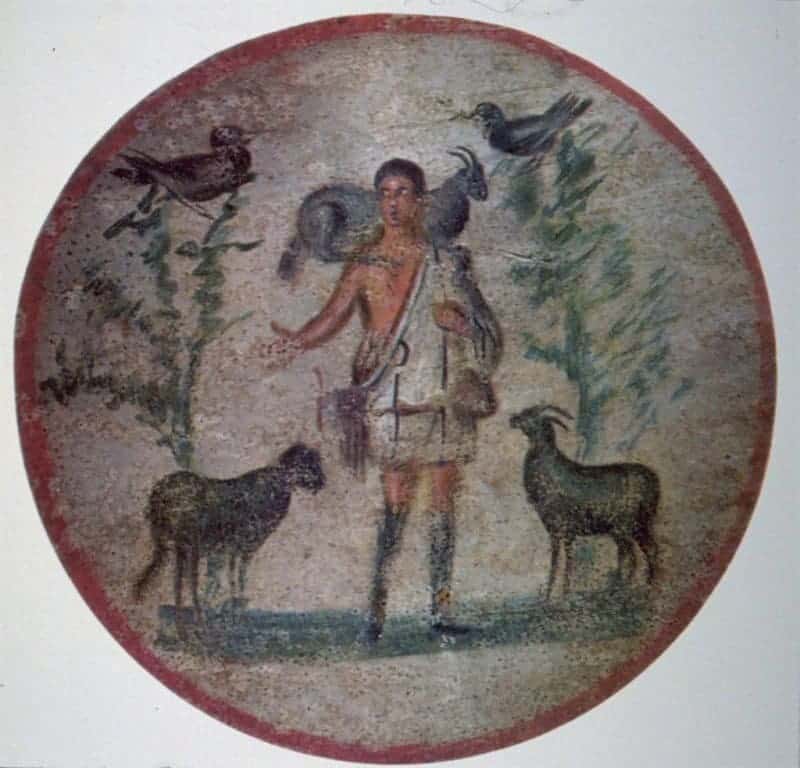 |
Hope of Israel Ministries (Ecclesia of YEHOVAH):
Did the Messiah Have Long Hair?
|
Rebellious men of today who wear their hair long are anything but humble. It is a sign of pride. It is also a sign of defiance against YEHOVAH God and man. Yeshua the Messiah did not contradict the Word of YEHOVAH God by wearing his hair long! |
HOIM Staff
We frequently receive letters and e-mails regarding long hair. One such letter stated that nobody living at the time of the Messiah wore short hair. This letter also stated that short hair was only a product of the last 200 years.
But is this true? What is the history of short hair?
No matter where you look, the Messiah and his apostles are always portrayed as having long unkempt greasy hair. Filmmakers are always choosing a feminine man with long hair to portray the figure of the Messiah -- and naturally people believe that, being mass brain washed. To be sure, there are NO true pictures or sketches -- or secular descriptions -- on how the Messiah looked; thus these million of portraits of the Messiah are ALL LIES -- nothing else but fantastic inventions of exalted artists!
Some of the earliest known artistic representations of the Messiah date to the mid-third century A.D., more than two centuries after his death. These are the paintings in the ancient catacomb of Priscilla in Rome -- first re-discovered in the 16th century A.D. by Antonio Bosio (1576-1629) after stumbling across an entrance way on the Via Salaria in 1593. The Catacomb of Priscilla is the best preserved early Christian cemetery in Rome and was originally dug from the 2nd to 5th centuries A.D. The catacomb of Priscilla was named after the Priscilla (Prisca) mentioned in 2 Timothy 4:19. In verse 21 is mentioned Pudens, who was the husband of Priscilla. Reflecting one of the most common images of the Messiah at the time, the paintings in the catacomb depict the Messiah as the Good Shepherd, a young, SHORT HAIRED, beardless man with a lamb around his shoulders.
 |
Also, in the same catacomb, was found a painting of the Messiah with his disciples dated to the same time frame, which may represent the so-called Last Supper. Not only the Messiah, but also some of the disciples, are shown with short hair -- notice!
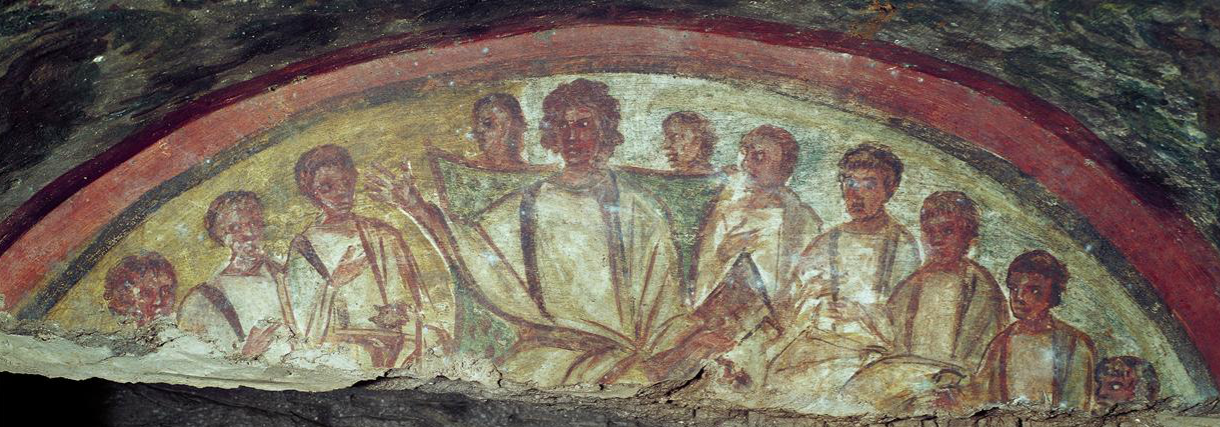 |
Another rare early portrait of the Messiah was discovered in 2018 on the walls of a ruined church in southern Israel. Painted in the sixth century A.D., it is the earliest known image of the Messiah found in Israel, and portrays him with SHORT, curly hair.
Short hair has been with us far longer than most people realize. It was the dominant, accepted mode for men in the time of the Messiah. Pick up any good illustrated history book on the period and you will see the evidence before your very eyes. Two good books in this area are: A History of the Holy Land [1], and Daniel to Paul [2]. Now notice the busts and statues of various Greeks and Romans of the time of the Messiah. The men are wearing their hair SHORT on every one of them in a manner similar to that generally accepted today (minus the laurel wreath).
For example, on pages 126-127 of Avi-Yonah's work are found busts of Pompey, Augustus, and one believed to be Herod -- all with short hair. All statues and carvings of Roman legionnaires show them with closely cropped hair. A Roman with long hair was an oddity as is...er...used to be the case for men in our society! In fact, ALL the Roman emperors before, during, and after the time of the Messiah, from Julius Caesar to Trajan, wore short hair. And the emperor was the individual who set the pattern in style and mode of dress for the entire empire.
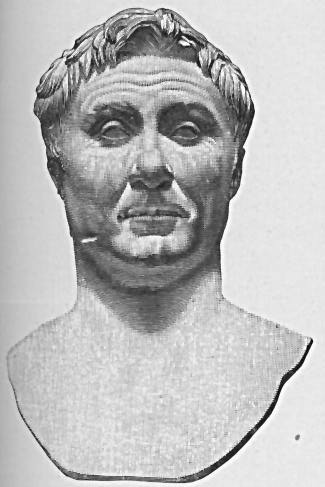 |
|
|
Pompey |
Augustus as a Young Man |
Prior to the coming of the Romans, it was the Hellenistic Greek culture which dominated the Eastern Mediterranean, and Judaea by no means escaped. Even in the Messiah's day, a large segment of the Jewish population was Greek-speaking and Hellenistic in outlook. (See John 12:20; Acts 6:1.) The Greek Hellenistic style for men was to wear the hair short (Cornfeld, pp. 15, 146). On page 146 of Daniel to Paul [2] is a picture of a "marble statuette of an unidentified man of the Hellenistic period -- a time of close contacts between the Jewish and Hellenistic civilizations in thought, art, and everyday life. Whether Jewish or Gentile, he evokes his age and environment." The man had short hair. But notice that the author, a learned historian and archaeologist, COULD NOT TELL whether the man was Gentile or Jewish. Why? Because the styles of the day were the same throughout the Near-Eastern region, and that included short hair!
What about the non-Hellenistic Jews? The Jewish Talmud, which is anti-Hellenistic, states that all priests should have their hair cut once every thirty days (Ta'anith 17a). These Jews were aware of the statement in Ezekiel 44:20: "Neither shall they shave their heads, nor suffer their locks to grow long." The Talmud further tells us exactly what hair style should be worn -- the "Julian," or what we would call "a Caesar cut" (Sanhedrin 22b). And the priests were the religious leaders whom YEHOVAH God intended to set the example for the community (Malachi 2:7). There are numerous other references to cutting hair in the Talmud.
Statues and other reproductions of the Jewish men from the Messiah's period are few because many Jews objected to them on religious grounds. But those few we do have again point to short hair as the style for men of the period (Cornfeld, p. 287).
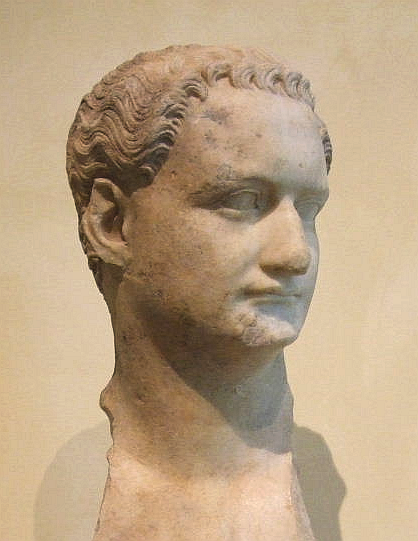 |
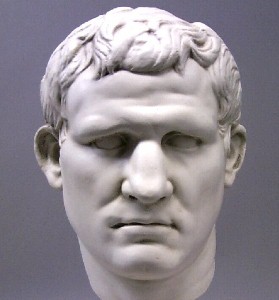 |
|
Emperor Nerva |
Herod the "Great" |
Also, the following are sources in which you can find ancient pictures of known Jews having short hair:
1) The Book of Jewish Knowledge [3]. This shows Jewish conceptions of both David and Ezra -- with short hair. They date from 250 A.D.
2) The Standard Jewish Encyclopaedia [4]. This shows Jews of the third century A.D. with short hair.
Additionally, pictures are available in many encyclopedias of both the bust and the coins of King Herod Agrippa I. This king, contemporary with the early apostles, is regarded by some scholars as having been an observant Jew by religion. He, too, wore his hair short.
What Does First-Century Coinage Reveal?
When you look at the coinage from the time of the Messiah, you will notice that the predominate hair style for men -- both Judean and Roman -- was short! Once again, the Roman coinage of the time shows all the emperors with short hair, as well as depictions of captive Judeans following the Bar Kokhba revolt of 132-136 A.D.:
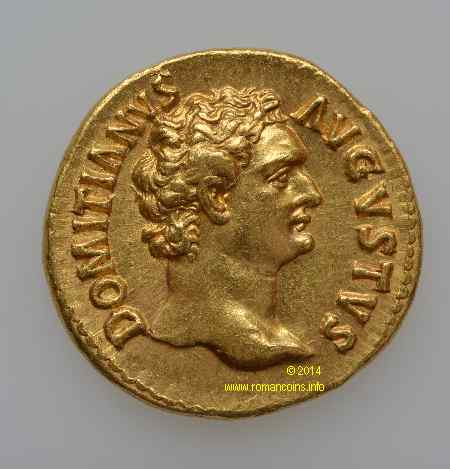 |
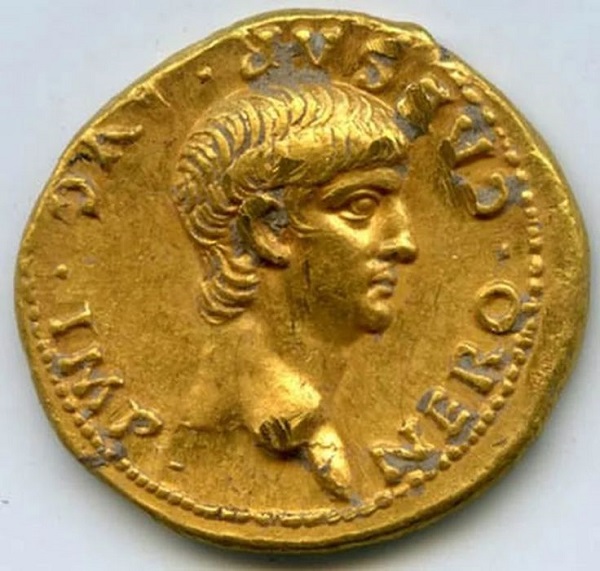 |
|
Domitian |
Nero |
|
|
|
Vespasian and Captive Judean With Short Hair |
Under a Nazarite Vow?
Some have mistakenly assumed that the Messiah was under a Nazarite vow. This was not the case. Yeshua the Messiah grew up in Nazareth (Matthew 2:23; Mark 1:9; Luke 1:26; John 1:45). The early Christians were sometimes called Nazarenes. But neither of these words have anything to do with a Nazarite vow. Notice that the Messiah drank wine (Matthew 11:19). He also, on occasion, touched a dead body (Matthew 9:25). Both these actions were absolutely forbidden to anyone under a Nazarite vow (Numbers 6:3, 6). Those under a Nazarite vow let their hair grow long as a token of humiliation. Today, those who wear their hair long are generally anything but humble. Usually, they wear long hair in defiance of society.
Notice too that as soon as the time period of the Nazarite vow was over, the one who undertook the vow was to shave his head! (Numbers 6:18.) The shameful period of the vow was over.
Now notice 1 Corinthians 11:14: "Doth not even nature itself teach you, that, if a man have long hair, it is a shame unto him?" It IS A SHAME for a man to have long hair! Nature shows this. A man's hair is just not designed to grow long. For one thing, it is not very manageable.
Rebellious Men
Rebellious men of today who
wear their hair long are anything but humble. Rather, they are very proud of
their long effeminate locks and go to great lengths to show them off. It is a sign of pride. It is also a sign of defiance against
YEHOVAH God and man. It is a mark of satanic confusion, not pertaining to
YEHOVAH God: "For
God is not the author of confusion, but of peace, as in all churches of the
saints" (1
Corinthians 14:33)
A radical subversive rebel of our time correctly said: "Young kids identify short hair with authority, discipline, unhappiness, boredom, rigidity, hatred of life; and long hair with letting go and doing what you want, where and when you want to. Wherever we go, our hair tells people where we stand on Vietnam, Iraq, Wallace, campus disruption, dope. We're living TV commercials for the revolution...Long hair is the beginning of our liberation from sexual oppression that underlies the whole military society."
Parents who allow a son to grow and wear long hair are contributing to a rebellion against YEHOVAH God and against our society -- and it is a sure way to loose control of a child. Preachers and churches who compromise on this subject, hoping to reach more young people, are actually fighting against YEHOVAH God and filling the church with rebellious unconverted kids.
No doubt if true Christian young men were taught the truth, they will want to wear their hair short. Informed Christians will not want to be identified with the "SHAME" or revolutionary revolt that long hair symbolizes.
By all account there seems to be little doubt that Yeshua the Messiah had short hair, like a man should have. And it would have been neatly trimmed and kept. As the spirit-filled adopted son of YEHOVAH God, the Messiah always set the right example, no disorder and rebellion in his behavior.
Yeshua the Messiah did not contradict the Word of YEHOVAH God by wearing his hair long!
Publius Lentulus
Some readers have asked us about the Report of Publius Lentulis [5] which describes the Messiah as having long hair. This report was supposedly written by the Roman governor of Judaea to the Emperor Tiberius. But accurate historical records of the Roman governors at that time are still in existence. There was no governor of Judaea by the name Publius Lentulus during the time of Yeshua the Messiah (the governor was, of course, Pontius Pilate).
Professor Edgar J. Goodspeed, well-known Biblical scholar writes:
"The 'Letter of Lentulus' is evidently a fiction, designed to give currency to the description contained in the painters' manuals about the personal appearance of Jesus...It is probably as old as the thirteenth century; but it was unknown to Christian antiquity, and has no claims to serious attention as throwing any light upon the personal appearance of Jesus." [6]
What the Messiah Looked Like
We are nowhere told to be concerned with exactly what Yeshua the Messiah looked like, as a human being. The Bible gives no exact description.
The Messiah would have looked like any other Judahite man of his time. He would have been a normal, healthy, masculine looking man. As a carpenter, he spent most of his life working outdoors (Mark 6:3) and certainly would not have had long "beautiful" overflowing hair interfering with his dusty, hard sweaty job! He did not look like an effeminate weakling with long hair. Isaiah -- many centuries before the Messiah -- prophetically describes him as an ordinary man in appearance: "For he shall grow up before him as a tender plant, and as a root out of a dry ground: he has no form nor comeliness; and when we shall see him, there is no beauty that we should desire him" (Isaiah 53:2). No "beautiful" flowing blond long hair with golden locks on our Messiah!
Writes Garner Ted Armstrong --
"Jesus looked like what he was: a commonplace Jew [Judahite] of first-century Palestine. And as such, Jesus could have been either blond, red-headed, or dark-headed. There is no way to really tell, since members of the family of Judah can regularly exhibit any of this range of complexions and/or colors of eye or hair.
"If we may speculate, it may be reasonable to postulate that Jesus could have looked somewhat like his physical ancestor, David.
"There is evidence that David was 'ruddy' in complexion, meaning he was fair-skinned, and probably red-haired. David also wore a beard. He was shorter in stature than his other brothers, yet was well muscled and quite physically strong.
"....If following the reasoning that Jesus was from David's own lineage, and that David was in fact a TYPE of Jesus Christ, if there is any such 'type and anti-type,' perhaps Jesus could also have been fair-skinned and red-haired (freckle-faced also?)." [7]
On a number of occasions, he was able to blend into a crowd because he looked just like everyone else (Luke 4:30; John 8:59; 10:39). If the Messiah had long hair, contrary to the accepted style of the time, it would have been unnecessary for Judas to use a special sign, a kiss, to point him out to his enemies. The Messiah would have stood out from the crowd and all that Judas would have had to do was to tell the Pharisees "look, it is that guy with beautiful long flowing hair with locks" without having need to go near to the Messiah, exposing himself, to accuse him.
Yes, the Messiah looked like any other normal Judahite of his day!
The major understanding we should retain about the Messiah's appearance is that the cherished concepts of the "Jesus" of the all the pictures and movies are patently FALSE and devoid of reality.
When Did the Idea of Imagining the Messiah With Long Hair Start?
In the fourth century it became common for many Gentile peoples throughout the Roman Empire (who had long worshiped pagan idols) to begin identifying their deities of old with the new comers: Yeshua, Mary, and the apostles and other personalities from the Old and New Testaments. One particular deity that seemed to blend together the attributes of several gods into a unified portrayal of deity was the Egyptian god "Serapis". This god had been famous for 600 years in Egypt and now his worship was found all over the Roman Empire. He was equated with the Greek Zeus -- as early Christian images seem to show.
Serapis (Sarapis) may have finally had certain ties with the early Christian community. There were certainly some assumed similarities between Serapis and YEHOVAH God -- Serapis was also a supreme god. It also seems likely that some early worshippers of the Messiah amongst the Gentiles could have possibly worshipped Serapis -- either purposefully, or confusing him with the Messiah -- possibly due to the resemblance of the words Chrestus (Christus).
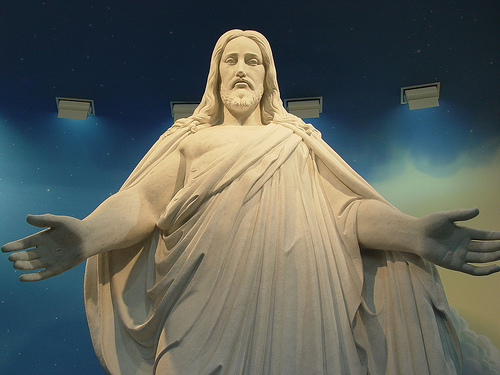 |
|
An Image of Serapis |
Chrestus (Christus) was another name for the Egyptian god, Serapis. Chrestus may be translated as "Messiah", though the term need not apply to any specific Messiah, such as Yeshua. It therefore could have simply been applied to "Lord Serapis", so that in fact, the connection between the Christians and the worshippers of Serapis seem slender.
A correspondence of Emperor Hadrian refers to Alexandrian worshippers of Serapis calling themselves "Bishops of Christ" is of interest:
"Egypt, which you commended to me, my dearest Servianus, I have found to be wholly fickle and inconsistent, and continually wafted about by every breath of fame. The worshipers of Serapis (here) are called Christians, and those who are devoted to the god Serapis (I find), call themselves Bishops of Christ." [8]
Charles King adds to this --
"This brings us to that most wondrous identification of all, which Hadrian mentions in a letter to his brother-in-law Servianus, preserved by the historian Vopiscus in his Life of the Tyrant Saturninus. 'Those who worship Serapis are likewise Christians; even those who style themselves the bishops of Christ are devoted to Serapis. The very Patriarch himself, when he comes to Egypt, is forced by some to adore Serapis, by others to worship Christ. There is but one God for them all, him do the Christians, him do the Jews, him do the Gentiles, all alike worship.' Severus Alexander, too, who daily paid his devotions to Christ and Abrahem, did none the less expend large sums in decorating the temples of Serapis and Isis 'with statues, couches, and all things pertaining to their Mysteries.'
"And as connected with the same subject, it may be here observed that the conventional portrait of the Saviour is in all probability borrowed from the head of Serapis, so full of grave and pensive majesty. Of the first converts, the Jewish foredilections were so powerful that we may be sure that no attempt was made to portray his countenance until many generations after all who had beheld it on earth had passed away." [9]
Nevertheless, how great confusion between Serapis and the Messiah could have existed is really somewhat questionable. In 68 A.D., a mob of pagans is said to have formed at the Serapis Temple in Alexandria, who then descended on the Christians who were celebrating Passover at Baucalis. There, they sized the apostle Mark, dragging him through the streets, before throwing him in prison. Clearly those worshippers of Serapis and the Messiah were aware of each other and the differences within their religions, though perhaps at a later date, some amongst the worshippers could have decided to leave the two options open seeing the similitude of the names.
This may very well be the origin of paintings depicting the Messiah with long flowing hair; but whatever the case may be, the resemblance between the paintings of Serapis and those we see today of the Messiah are rather striking.
A Clear Distinction
From the very beginning of the human race YEHOVAH God made a clear visible distinction between male and female: "Male and female created He them; and blessed them, and called their name Adam, in the day when they were created" (Genesis 5:2). These clear differences are not only physical but also behavioral with clear difference in roles. When YEHOVAH created man and woman He planted within their genome a clear identification that was intended to respect their respective roles in life -- as ordained by YEHOVAH God. That identification must be highly visible without any chance of being mistaken, both bodily and in dressing, involving the most prominent part of the anatomy, from the top of the head to the toes.
Long hair was given to woman as a covering depicting her status in creation as a derivative of the man: "But if a woman have long hair, it is a glory to her: for her hair is given her for a covering" (1 Corinthians 11:15). For "the woman is the glory of the man" whilst man is "the image and glory of God" and because of that he "ought not to cover his head " for long hair pertain to woman as a sign of submission to the man, being his glory.
If this is the distinction order of YEHOVAH God for mankind would the Messiah go against that? Would the Messiah wear long hair to resemble a woman? Was he not a son rather than a daughter? Was he not commissioned to carry out the will of the Father perfectly? "Jesus said to them, My meat is to do the will of Him that sent me, and to finish his work" (John 4:34).
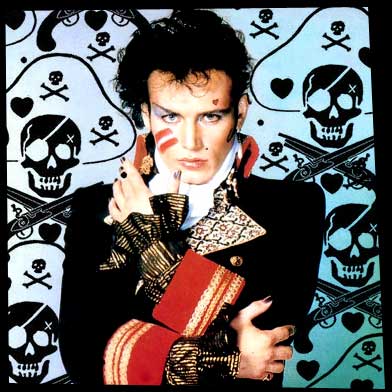 |
The same differentiative principle applies also to the clothing worn by men and women. "The woman shall not wear that which pertaineth unto a man, neither shall a man put on a woman's garment: for all that do such are an abomination unto the LORD thy God" (Deuteronomy 22:5). Men and women must also wear different shaped clothes to clearly identify and separate the sexes for He created them "male and female created He them".
Men with long hair (by default effeminate) come under the judgment of YEHOVAH God, for He says that "neither...adulterers, nor effeminate, nor abusers of themselves with mankind [homosexuals]...shall inherit the kingdom of God" (1 Corinthians 6:9).
YEHOVAH God is very severe and strict with His creation to keep the differences. For example, when "Sodom and Gomorrah, and the cities around them" went "after strange flesh" (Jude 7) committing homosexual acts -- this was an abomination to YEHOVAH God! They had crossed the boundaries set by YEHOVAH God for relationships and came under the terrible immediate judgment from YEHOVAH God with no "second chance." "It is a fearful thing to fall into the hands of the living God" (Hebrews 10:31).
To the waywardly effeminate men and masculine women of today we say that YEHOVAH God commands men to be men, to behave like men, and to look like men! And similarly, women to be women, to act like women, and to look like women! "Be not deceived; God is not mocked: for whatever a man sows, that shall he also reap" (Galatians 6:7).
Footnotes:
[1] Avi-Yona, Michael, A History of the Holy Land. Weidenfeld & Nicolson, London. First Edition, 1969.
[2] Cornfeld, Gaalyahu, Editor, Daniel to Paul Jews in Conflict with Graeco-Roman Civilization: Historical & Religious Background to the Hasmoneans, Dead Sea Scrolls, The New Testament World, Early Christianity, and the Bar-Kochba War. The Macmillan Company, First Edition, 1962.
[3] Ausubel, Nathan, The Book of Jewish Knowledge. Crown Publishers, New York, 1964, pp. 25-26.
[4] Roth, Cecil, Editor, The Standard Jewish Encyclopaedia. Doubleday and Co., Garden City, New York, 1966, article "Art," p. 167.
[5] A Description of Jesus Christ, by Publius Lentulis. The Private Press of Stephen Bayuzick, Edinboro, PA 1986.
[6] Goodspeed, Edgar J., Translator, The Apocrypha. Modern Library, New York, NY, 1st Modern Library Edition, 1959, p. 91.
[7] Armstrong, Garner Ted, The Real Jesus. Sheed Andrews & McMeel, Inc.: Kansas City, MO, 1977, pp. 49-50.
[8] Vopiscus, Life of the Tyrant Saturninus, 134 A.D.
[9] King, Charles William, The Gnostics and Their Remains, Part 2, "The Worship of Serapis." Evinity Publishing, Inc. 1.0 Edition, 2009, pp. 161-162.
|
Hope of Israel Ministries -- Preparing the Way for the Return of YEHOVAH God and His Messiah! |
|
Hope of
Israel Ministries |
 |
Scan with your Smartphone for more information |